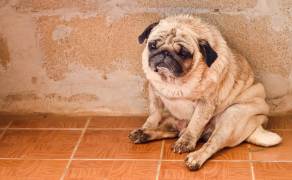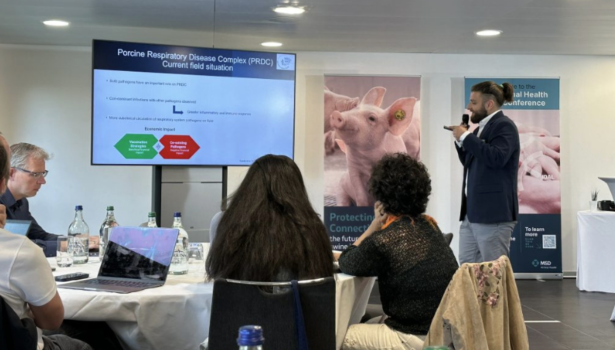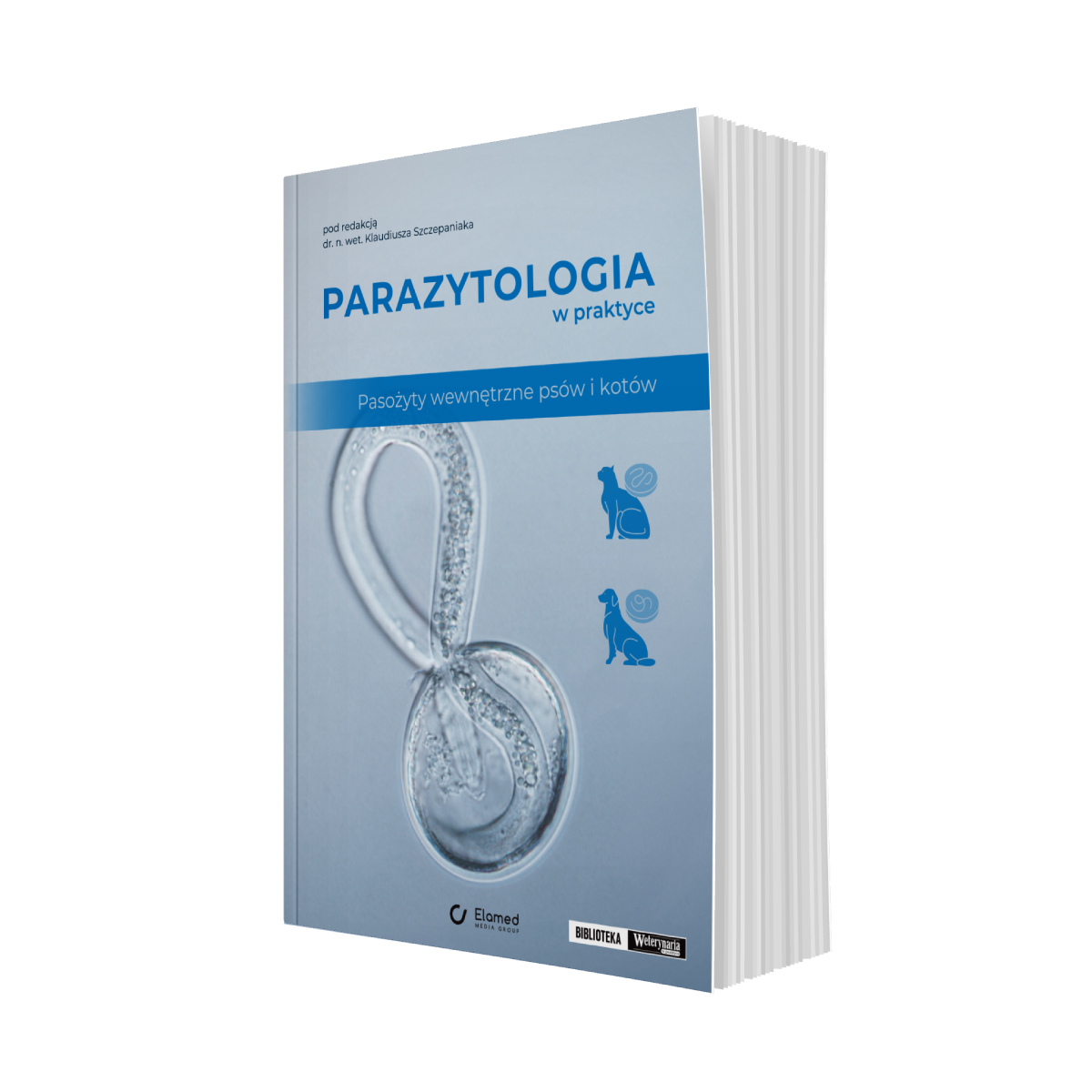Czynniki warunkujące powstawanie i rozprzestrzenianie się chorób zakaźnych psów
Piśmiennictwo
- Adaszek Ł., Dzięgiel B., Ziętek J., Winiarczyk S.: Przewodnik do ćwiczeń z wirusologii molekularnej. Wyd. UP w Lublinie, Lublin 2015.
- Adaszek Ł., Górna M., Ziętek J., Kutrzuba J., Winiarczyk S.: Bakteryjne zakażenia szpitalne u psów i kotów. „Życie Wet.”, 2009, 84, 805-808.
- Adaszek Ł., Winiarczyk S.: Dogs babesiosis – still actually problem. „Wiad. Parazytol.”, 2008, 54, 109-115.
- Bennett L., Waterer G.: Control Measures for Human Respiratory Viral Infection. „Semin. Respir. Crit. Care. Med.”, 2016, 37, 631-639.
- Brannon J.R., Hadjifrangiskou M.: The arsenal of pathogens and antivirulence therapeutic strategies for disarming them. „Drug. Des. Devel. Ther.”, 2016, 10, 1795-1806.
- Broughan J.M., Judge J., Ely E. et al.: A review of risk factors for bovine tuberculosis infection in cattle in the UK and Ireland. „Epidemiol Infect.”, 2016, 25, 1-28.
- Brown K.L., Cosseau C., Gardy J.L., Hancock R.E.: Complexities of targeting innate immunity to treat infection. „Trends Immunol.”, 2007, 28, 260-266.
- Chen L., Xu Y., Zhang F., Yang Q., Yuan J.: An effective intervention to improve the cleanliness of medical lead clothes in an orthopedic specialized hospital. „Am. J. Infect. Control.”, 2016, 44, 269-270.
- Dias S.C., Sagardoy M.A.: Influence of pH on the toxicity and survival of total cells and spores of Bacillus thuringiensis. „Rev. Argent. Microbiol.”, 1998, 30, 122-129.
- do Amorim C.V., Aun C.E., Mayer M.P.: Susceptibility of some oral microorganisms to chlorhexidine and paramonochlorophenol. „Braz. Oral. Res.”, 2004, 18, 242-246.
- Elkins K.L., Cowley S.C., Bosio C.M.: Innate and [...]
Ten materiał dostępny jest tylko dla użytkowników, którzy są lekarzami weterynarii
lub posiadają wykupioną subskrypcję.
lub posiadają wykupioną subskrypcję.
Masz aktywną subskrypcję?
Nie masz jeszcze konta w serwisie? Dołącz do nas
Mogą zainteresować Cię również
111
ALGORYTMY
POSTĘPOWANIA
w weterynarii
POSTĘPOWANIA
w weterynarii
























